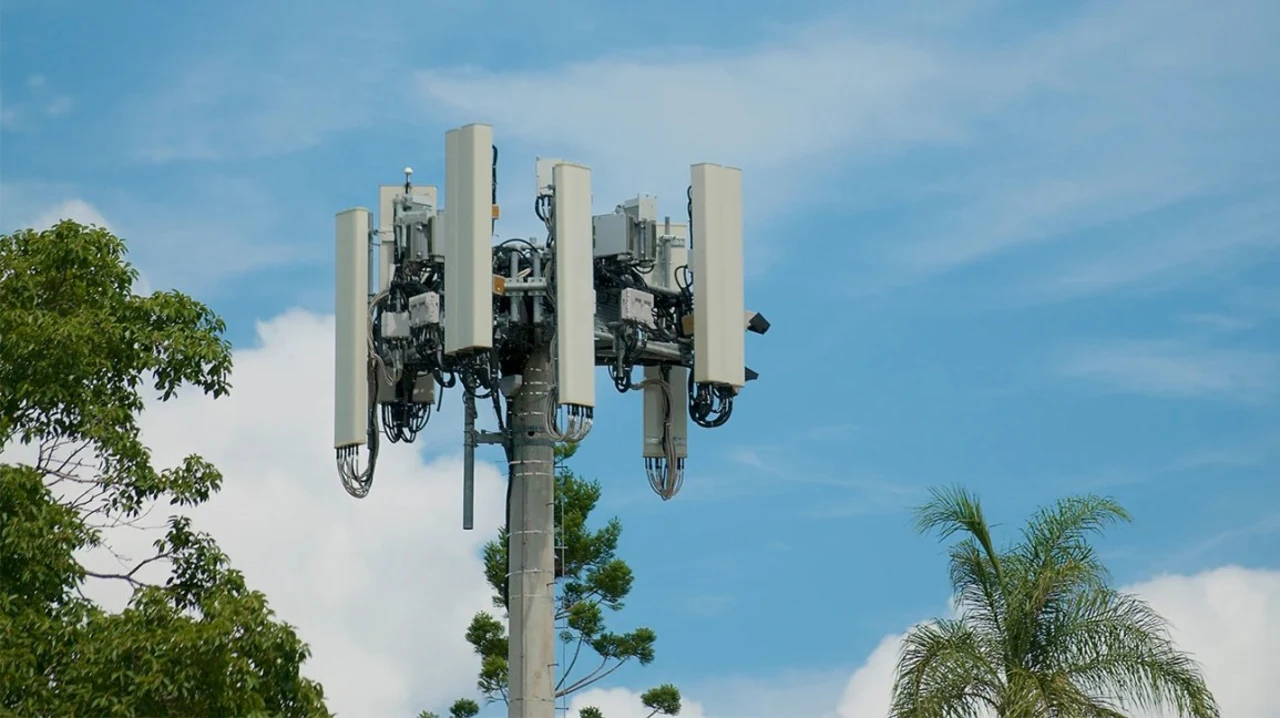How good is a mobile wifi hotspot in terms of radiation?

Introduction: Understanding Mobile WiFi Hotspots and Radiation
As a frequent traveler and someone who needs to stay connected to the internet at all times, I've relied heavily on mobile WiFi hotspots for years. They've been my lifeline when working remotely, allowing me to access the internet wherever I am. But one concern that's always been at the back of my mind is the potential impact of radiation from these devices. This has led me to research and understand more about mobile WiFi hotspots and their radiation levels. In this article, I'll share my findings and insights on this topic, so you can make an informed decision on whether or not to use a mobile WiFi hotspot based on its radiation levels.
What is a Mobile WiFi Hotspot and How Does it Work?
Before diving into the topic of radiation, it's important to first understand what a mobile WiFi hotspot is and how it works. A mobile WiFi hotspot is a small portable device that allows you to connect your devices (such as smartphones, tablets, and laptops) to the internet wirelessly. It works by connecting to the cellular network and converting the data it receives into a WiFi signal, which can then be used by your devices. This is particularly useful when you're on the go and don't have access to a traditional WiFi network.
Understanding Radiation and Its Types
Radiation is a term that often sparks concern, but it's important to note that not all types of radiation are harmful. Radiation can be classified into two main types: ionizing and non-ionizing. Ionizing radiation, which includes x-rays and gamma rays, has enough energy to remove tightly bound electrons from atoms, potentially causing damage to our cells and DNA. On the other hand, non-ionizing radiation, which includes radiofrequency (RF) waves and visible light, does not have enough energy to ionize atoms or molecules and is generally considered less harmful.
Radiation Emitted by Mobile WiFi Hotspots
Mobile WiFi hotspots, like other wireless devices, emit non-ionizing radiation in the form of radiofrequency (RF) waves. These RF waves are part of the electromagnetic spectrum, which includes everything from radio waves to x-rays. The specific range of RF waves emitted by mobile WiFi hotspots falls within the microwave frequency range, which is the same as that used by cell phones, Wi-Fi routers, and other wireless devices.
How do RF Waves from Mobile WiFi Hotspots Compare to Other Sources?
One way to understand the radiation levels emitted by mobile WiFi hotspots is to compare them to other common sources of non-ionizing radiation. For instance, the radiation emitted by mobile WiFi hotspots is similar to that of Wi-Fi routers, cordless phones, and Bluetooth devices. However, it's important to note that the radiation levels from these devices are much lower than those emitted by cell phones, which are themselves considered to be a low-risk source of radiation.
Radiation Exposure Guidelines and Safety Standards
Various international organizations and government agencies have established guidelines and safety standards for exposure to RF radiation. The International Commission on Non-Ionizing Radiation Protection (ICNIRP) and the Federal Communications Commission (FCC) are among the most widely recognized authorities on this subject. Both organizations have set limits on the Specific Absorption Rate (SAR), which is a measure of the rate at which energy is absorbed by the human body when exposed to RF radiation. These limits are designed to ensure that the radiation levels emitted by wireless devices, including mobile WiFi hotspots, do not pose a significant risk to human health.
Reducing Exposure to Radiation from Mobile WiFi Hotspots
Even though the radiation levels emitted by mobile WiFi hotspots are within the safety guidelines established by organizations like ICNIRP and FCC, you might still want to take some steps to minimize your exposure to RF radiation. Some tips for reducing exposure include:
- Keeping the mobile WiFi hotspot at a greater distance from your body
- Using a wired connection whenever possible
- Turning off the mobile WiFi hotspot when not in use
- Limiting the time spent using the mobile WiFi hotspot
Conclusion: Are Mobile WiFi Hotspots Safe in Terms of Radiation?
Based on my research and the information available, it appears that mobile WiFi hotspots emit non-ionizing radiation in the form of RF waves, similar to other wireless devices like Wi-Fi routers and cordless phones. The radiation levels emitted by these devices are within the safety guidelines established by international organizations and government agencies, suggesting that they do not pose a significant risk to human health. However, if you are still concerned about radiation exposure, you can take steps to minimize your exposure by following the tips mentioned above.
Final Thoughts
As someone who relies on mobile WiFi hotspots for internet access while traveling, I find the information on radiation levels reassuring. While it's always good to be cautious and take steps to minimize exposure to radiation, it seems that mobile WiFi hotspots are a relatively safe option in terms of radiation risk. This has allowed me to continue using my mobile WiFi hotspot without worrying too much about the potential health risks associated with radiation exposure.
